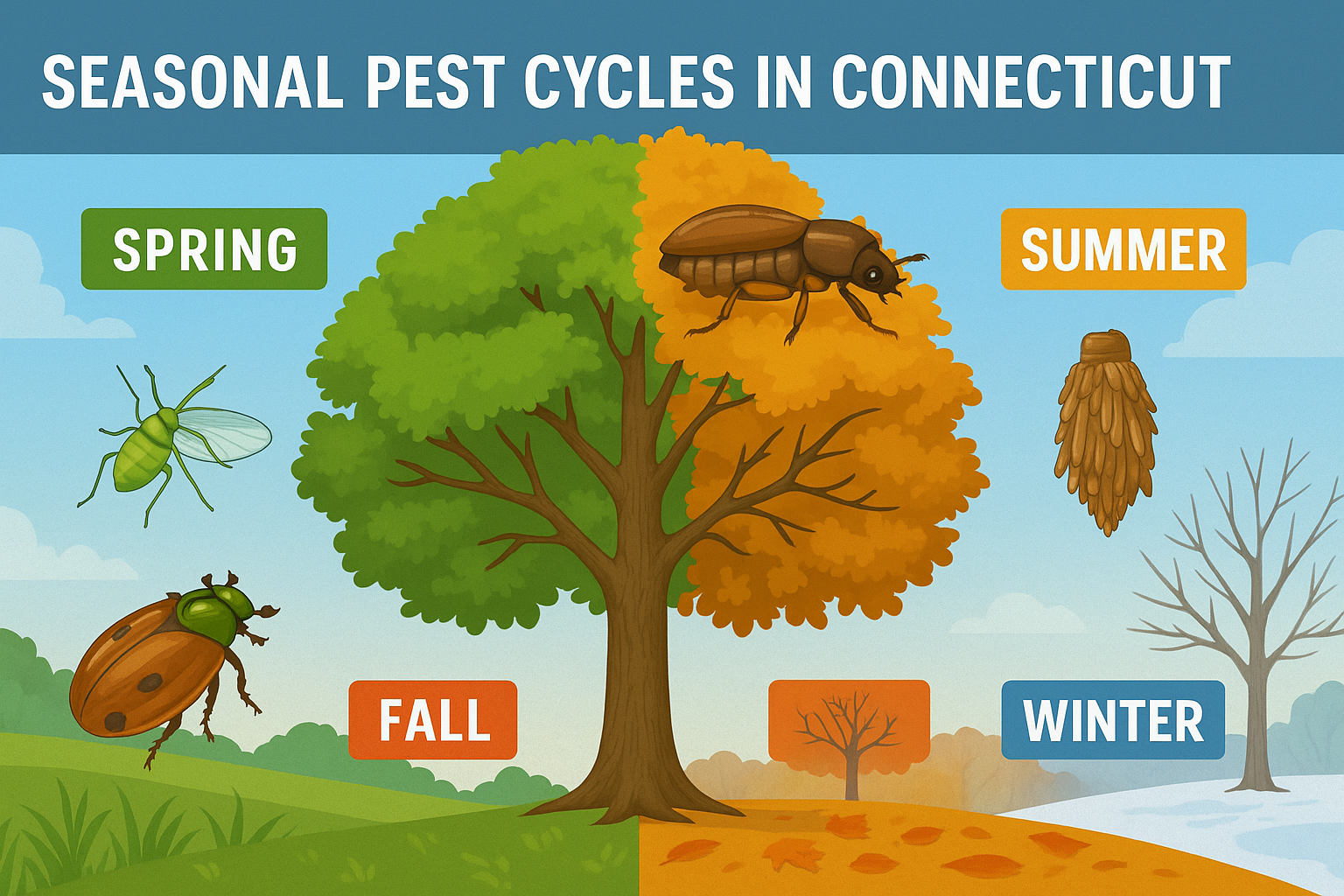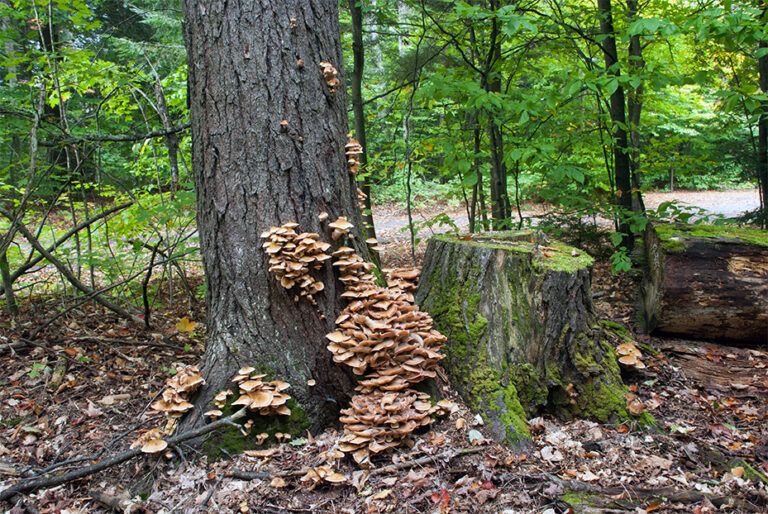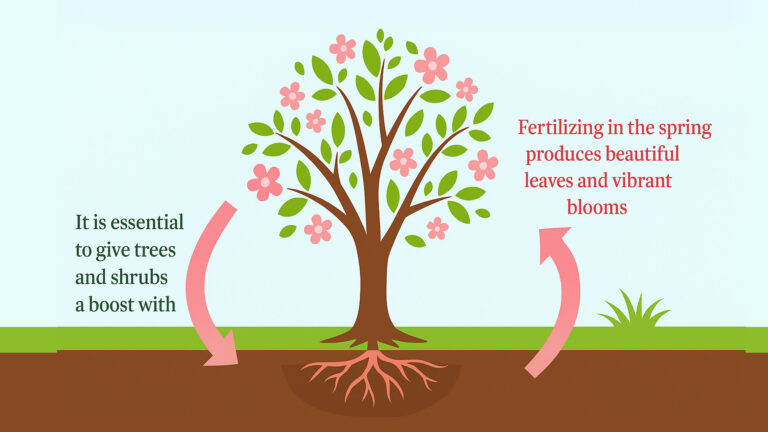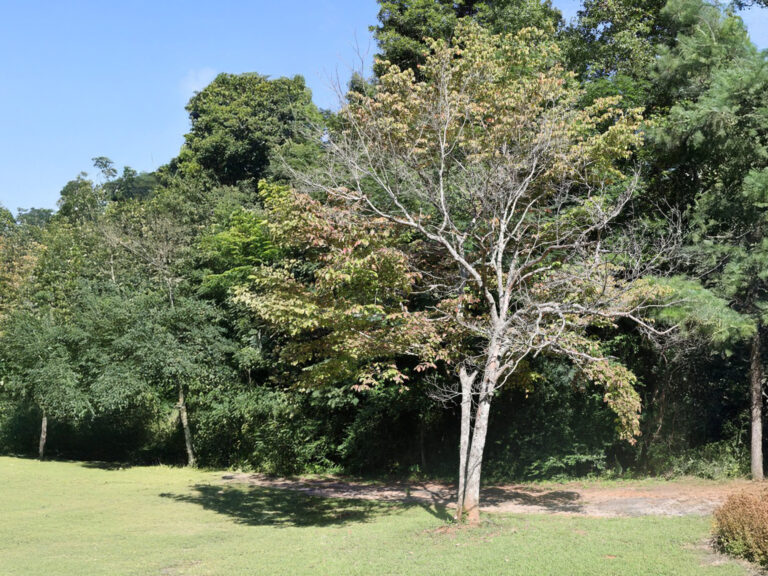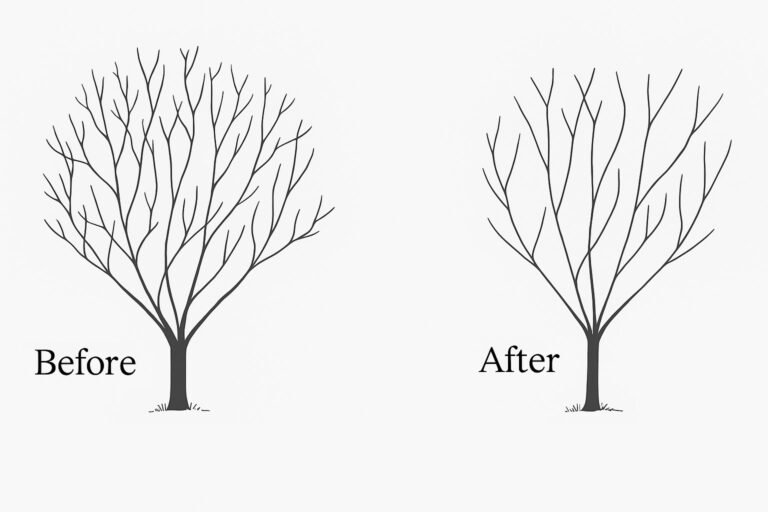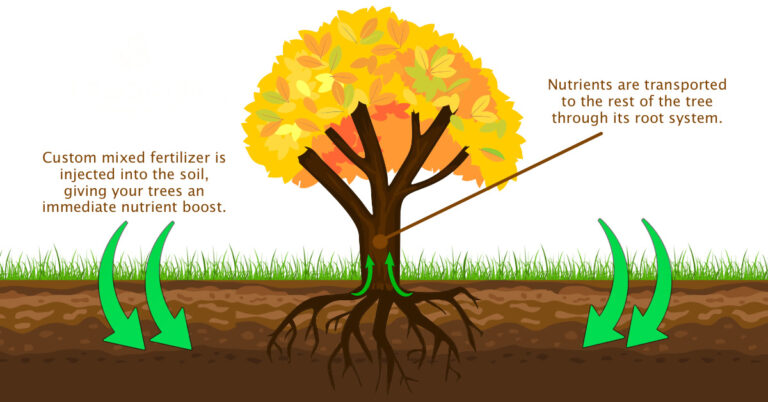Seasonal Pest Cycles in Connecticut: What to Watch For
Living and working among the forests and neighborhoods of Fairfield County, we at Superior Arbor Care know firsthand how dynamic each season can be when it comes to tree pests. While some insects and pathogens lie dormant in winter, many follow predictable seasonal cycles—emerging, feeding, and reproducing at very specific times of year. Knowing what to watch for in each season can help protect your trees and shrubs before serious damage takes root.
Spring: Emerging Activity
Spring is the kickoff for many insect life cycles. As temperatures rise, we see the early stirrings of aphids, mites, and tent caterpillars. These pests feed on new leaf growth, stunting development and spreading viruses between vulnerable trees. Spring is also the ideal time to monitor for scale insects like Elongated Hemlock Scale, which can rapidly establish if left untreated.
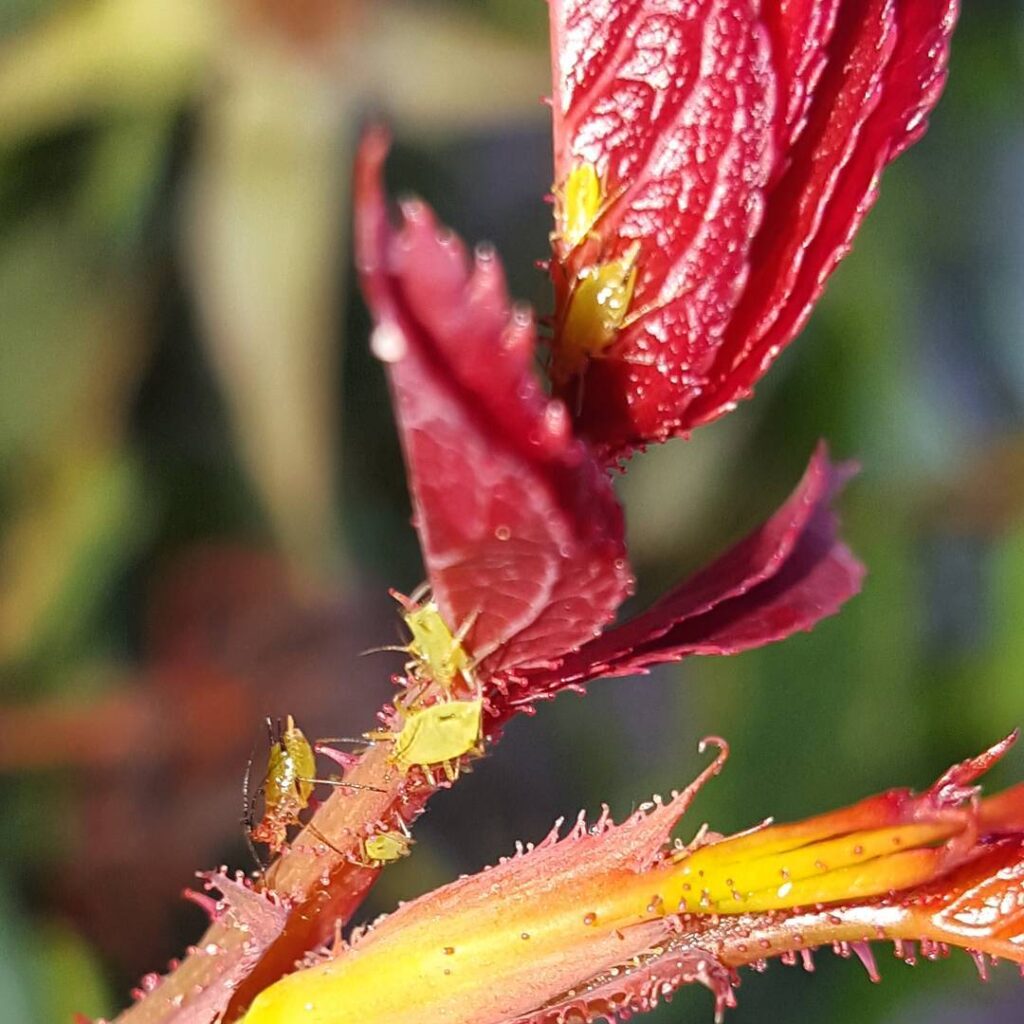
In addition to pests, fungal pathogens such as anthracnose and apple scab begin to appear in spring, thriving in cool, wet conditions. Regular monitoring, targeted insecticide application, and early-season pruning can reduce the threat dramatically.
Summer: Peak Pressure
By summer, pest activity reaches its peak. Japanese beetles, borers, and lace bugs become more active, especially during hot, dry conditions that put additional stress on your trees. This is also when we see the emergence of Emerald Ash Borer, one of the most destructive invasive species in the region.
Beetles and borers tend to exploit weakened or stressed trees, boring into trunks and limbs and introducing decay-causing pathogens. With proper timing, systemic insecticide treatments can neutralize these threats from the inside out. Summer is also the time when many fungal diseases, such as powdery mildew, take hold on susceptible shrubs and ornamental trees.
Fall: Hidden Damage and Late Breeding
Fall may feel quiet on the surface, but pests like scale insects, bagworms, and spider mites can still be active. These insects often go unnoticed but lay the groundwork for spring infestations. It’s also a critical time to evaluate the summer’s impact and prepare trees for winter stress. Removing infested limbs, applying dormant oil sprays, and clearing leaf litter can limit overwintering pests.
Fungus control is equally important. Moist leaf piles can foster fungal spores, which spread quickly in wet fall conditions. Proactive clean-up and soil monitoring help reduce disease risk going into the dormant season.
Winter: Planning and Prevention
While most pests go dormant in winter, this is the season for strategic planning. Winter is the ideal time for tree inspections, as the lack of foliage makes it easier to identify structural issues, old infestations, and egg masses on bark and branches.
Dormant oil treatments applied in late winter can suffocate overwintering insects and prevent spring outbreaks. It’s also a great time to review your seasonal tree care plan with a certified arborist to stay ahead of pest cycles.
Year-Round Vigilance Makes the Difference
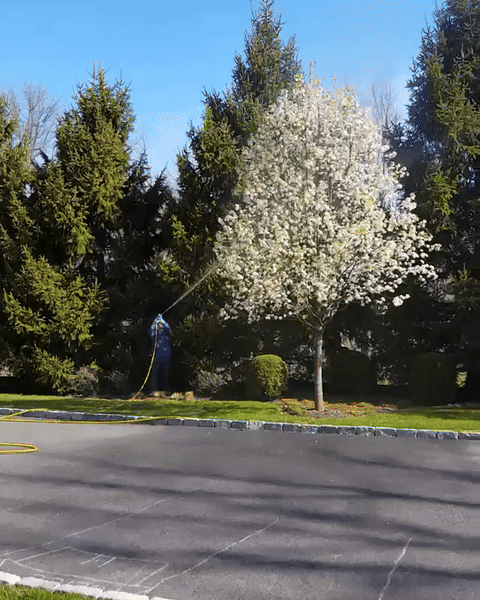
Pest management isn’t just about reacting to infestations—it’s about understanding when, how, and why pests emerge, and taking the right steps at the right time. At Superior Arbor Care, we build seasonal care plans rooted in local expertise, science-based practices, and decades of experience across Fairfield County.
Our proactive approach means fewer surprises, healthier trees, and a more resilient landscape all year long.
Concerned about seasonal pests on your property? Contact us today for a consultation or to learn more about our year-round pest monitoring and treatment programs.
